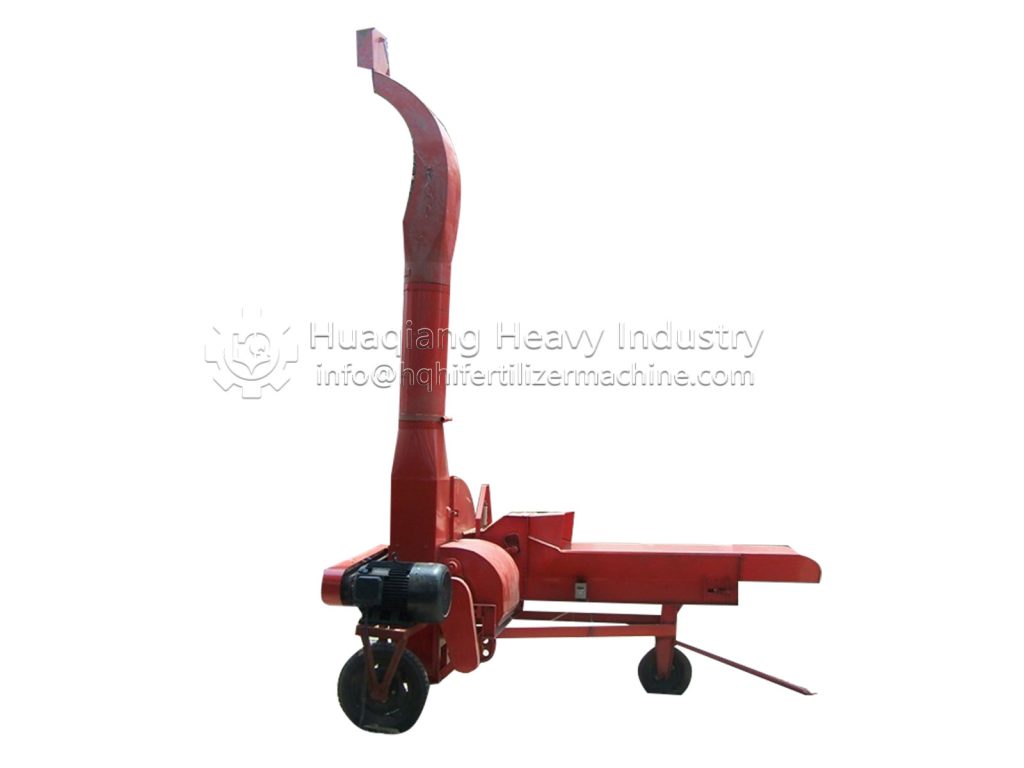In the wave of global agricultural sustainable development, crop straw as raw material for organic fertilizer is attracting increasing attention. How can straw from crops like corn, wheat, and rice be transformed into high-value organic fertilizer? What conditions must be met in this process? And what challenges does it face? Let’s explore this important aspect of the green circular economy in depth.
Basic Requirements for Straw as Organic Fertilizer Raw Material
Not all straw is suitable for direct use in organic fertilizer production. Ideal straw raw materials should meet the following conditions:
- Moisture content controlled between 30-50% – too high may lead to anaerobic fermentation, too low affects microbial activity
- Optimal length of 3-5 cm – too long affects subsequent processing efficiency
- Free from serious pest and disease contamination to avoid pathogen transmission
- Heavy metal content compliant with local organic fertilizer standards
Key Equipment and Process Flow
Transforming straw into high-quality organic fertilizer requires a series of specialized equipment:
| Equipment Name | Function | Notes |
| Straw Crusher | Cut straw to appropriate size | Key pretreatment equipment |
| Mixer | Mix straw with other additives | Ensures uniformity |
| Fermentation Tank/Composting Field | Provides fermentation environment | Can be static or dynamic |
| Turner | Promotes material aeration | Accelerates fermentation |
| Granulator | Forms decomposed material into granules | Optional equipment |
| Dryer | Reduces product moisture | Improves storage stability |
Advantages and Limitations of Straw Organic Fertilizer
Advantages:
- Improves soil structure and increases organic matter content
- Reduces environmental pollution from agricultural waste burning
- Relatively low cost with wide availability of raw materials
- Promotes nutrient recycling, aligning with sustainable development principles
Limitations:
- High C/N ratio (typically 60-80:1), requiring nitrogen source adjustment
- High lignin content results in slow decomposition
- Bulky volume increases transportation and storage costs
- Seasonal supply requires careful production planning
Microbial Inoculants: Necessity and Selection
Adding appropriate microbial inoculants can significantly improve straw decomposition efficiency. Commonly used strains include:
- Cellulose-decomposing bacteria:Such as Trichoderma and Aspergillus
- Lignin-decomposing fungi:Such as Phanerochaete chrysosporium
- Nitrogen-fixing bacteria:Such as Rhizobium and Azospirillum
- Compound inoculants:Mixtures of multiple functional strains
The typical addition rate is 0.1-0.5% of raw material weight, depending on product activity and environmental conditions.
Cost-Benefit Analysis
The cost structure of straw organic fertilizer production mainly includes:
- Raw material collection and transportation (30-40%)
- Equipment investment and maintenance (20-30%)
- Labor and energy consumption (15-25%)
- Inoculants and other additives (5-10%)
Compared with traditional chemical fertilizers, although straw organic fertilizer has lower nutrient content per unit, long-term use can improve soil health and reduce chemical fertilizer usage, with significant comprehensive benefits. In organic agriculture and eco-farm markets, high-quality straw organic fertilizer often commands a 20-30% price premium.
Conclusion
Using crop straw to produce organic fertilizer not only solves the problem of agricultural waste disposal but also creates economic value. Despite some technical challenges, with process improvements and increased market recognition, straw organic fertilizer is expected to become an important component of circular agriculture. For fertilizer producers, the key lies in optimizing production processes, controlling costs, and developing differentiated products to meet diverse customer needs.
Note: Data in this article is based on general conditions, specific parameters may vary by region and production conditions.



